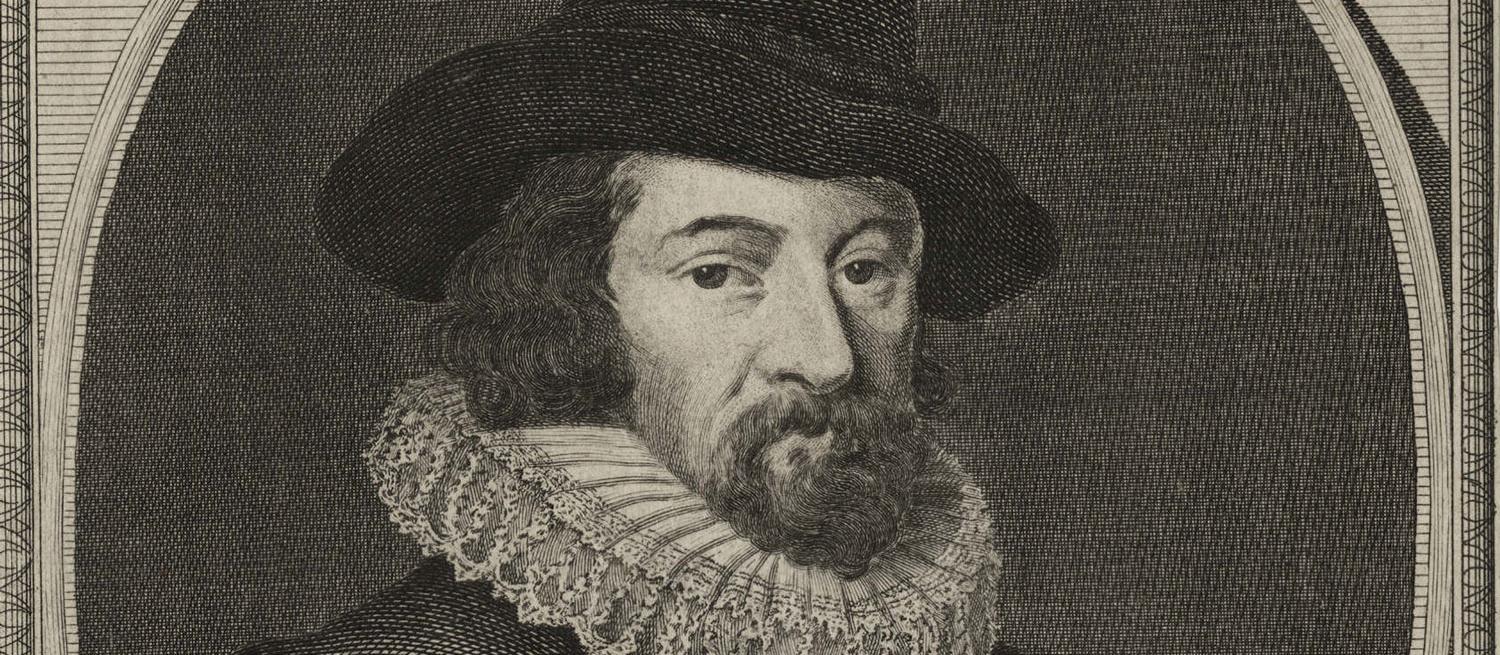This fascinating exhibition celebrated some of the incredible scientists who have lived and worked in St Albans and the surrounding District.
Using Francis Bacon’s scientific method as outlined in his momentous works, Novum Organum, this exhibition explores the discoveries of other scientists that used his method: from the longest running agricultural experiment in the world at Rothamsted to the pioneering work of entomologist Eleanor Ormerod and Stephen Hawking’s work on black holes.
Discover the Past Exhibition
'Science in St Albans: Novum Organum Scientiarum' Archive PageVisitors may know of St Albans for its Roman heritage, its place in the Wars of the Roses, or for the Benedictine monastery of St Albans Abbey. However, they may be less familiar with the role St Albans has played in the lives and work of scientists throughout history.
From the scientific observations of medieval abbots to the pioneering work of Professor Stephen Hawking on black holes, St Albans has been home to every kind of scientist, including physicists, astronomers, entomologists, medical pioneers, engineering experts and many more.
At the heart of this story is Sir Francis Bacon - a philosopher, poet, author, garden designer, cryptographer, courtier and lawyer. He is also known as the ’father of Experimental Philosophy’ (or Science) because of his book Novum Organum Scientiarum - “a new instrument of science”.
In this exhibition, explore how Francis Bacon’s new experimental method was used by scientists and scientific companies in St Albans. Follow the steps from observation and theory to experimentation and results, to discover its relevance to us today.
Find out more about these scientists and companies:
Francis Bacon
John Bennet Lawes
R A Fisher
Stephen Hawking
Thomas Mercer
Alexander Neckam
Eleanor Ormerod
Thomas Spencer Wells
Richard of Wallingford
Marconi
Rothamsted Research
Vickers Armstrong
